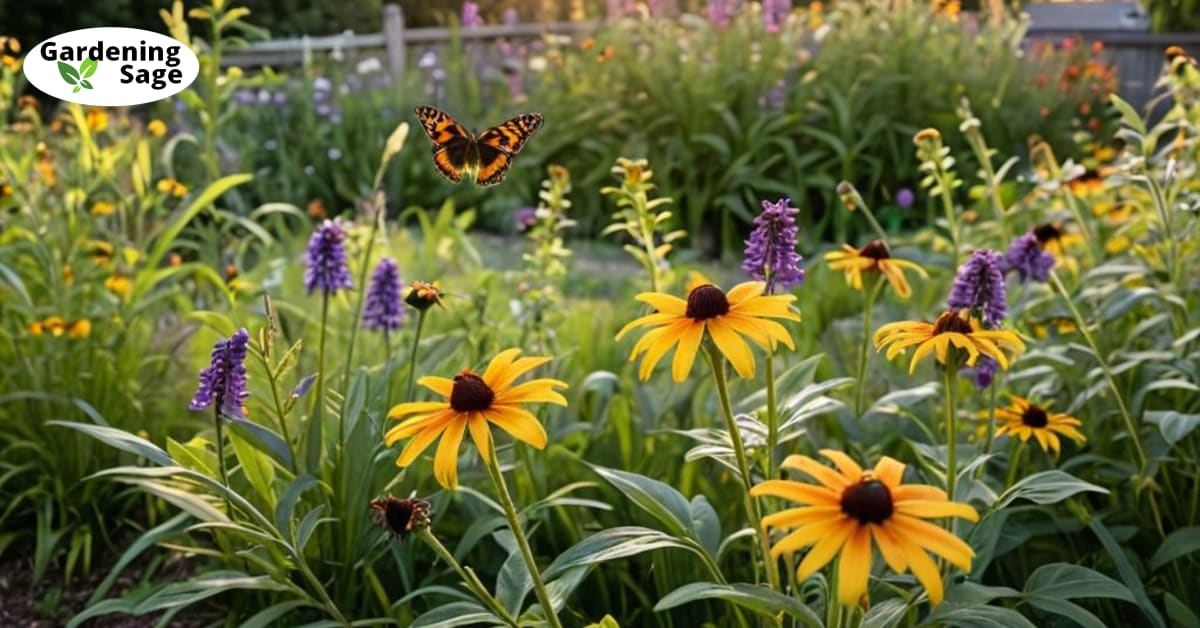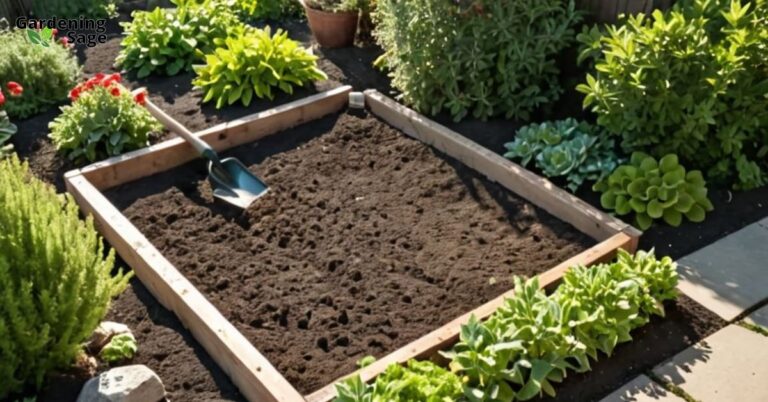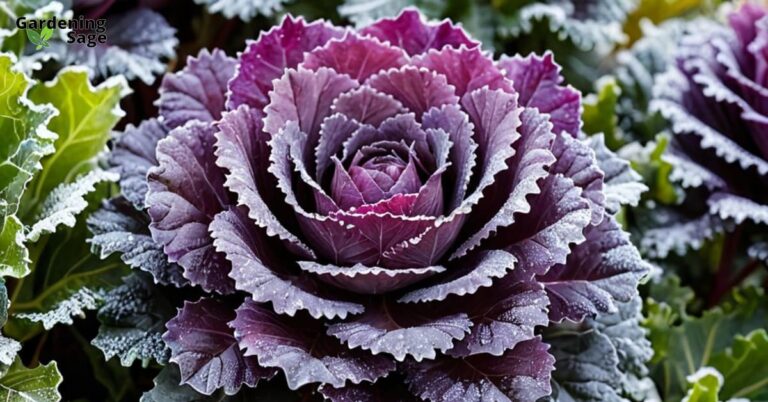Embracing the Natural Beauty of Wildflower Gardens
As the warmer seasons blossom into view, now is the perfect time to cultivate a wildflower garden that celebrates the vibrant beauty of native flora. Wildflower gardens enable you to recreate a small corner of untamed natural splendor, right in your own backyard.
Planting a wildflower garden not only adds a dash of color and wildlife to your outdoor space, but also provides an easy, low-maintenance way to incorporate more native plants into your landscaping. Read on for tips on designing, planting, and caring for a lively wildflower garden that will flourish with minimal upkeep.
Selecting the Ideal Site
When choosing a spot to plant your wildflower garden, opt for an area that receives at least 6 hours of direct sunlight daily. This ensures your flowers will thrive in the radiant conditions they need. The site should have well-draining soil that is not overly boggy or dense with clay. If drainage is an issue, consider building a raised planting bed filled with rich, loose soil ideal for wildflowers.
Picking the Perfect Wildflower Varieties
Seek out wildflowers native to your region, as these are already adapted to your local climate and soil. Talk to experts at your local nursery to discover which wildflowers will prosper in your area. Some classic options include:
- Black-eyed Susans
- Purple coneflowers
- Lance-leaf coreopsis
- Oxeye daisies
- Lupines
- California poppies
Select an assortment of wildflowers with different bloom times so your garden remains lively from spring through fall.
Preparing the Planting Area
Eliminate existing weeds and grass from your wildflower garden site. Turn the soil to a depth of 12-15 inches to loosen and aerate. Amend the soil with 2-3 inches of compost to enrich it with nutrients. Rake the area smooth.
For raised beds, fill your frame with a high-quality potting mix designed for flowers and vegetables. Level and smooth the soil surface before planting.
Sowing Wildflower Seeds
Sow seeds directly into your prepared soil bed. Follow the planting depth and spacing guidelines on each seed packet. Gently water after planting to moisten the soil without washing away seeds.
As a general rule, sprinkle small seeds on the surface and lightly cover larger seeds with 1/4 inch of soil. Space seeds and rows according to mature plant width.
Label your wildflower varieties if desired so you can identify seedlings as they sprout. Consider staggering your planting over several weeks for continuous blooms.
Caring for Your Wildflower Garden
Water young wildflowers daily until established. Mature wildflower gardens are quite drought-resistant but benefit from occasional watering if rainfall is scarce.
Allow your wildflowers to self-sow for a truly natural effect. Trim spent flowers to encourage reblooming. In fall, leave seed heads intact for birds and cut back vegetation.
Avoid using chemical pesticides or fertilizers, as wildflowers thrive in nutrient-poor soils. Let your wildflower garden grow freely for a gorgeous naturalistic look.
Revel in Your Flower-Filled Oasis
With proper planning and care, your wildflower garden will soon erupt in a breathtaking tapestry of seasonal blooms and lively pollinator activity. Step outside each day to enjoy the simple splendor of native plants thriving gracefully amid grasses and greenery.














